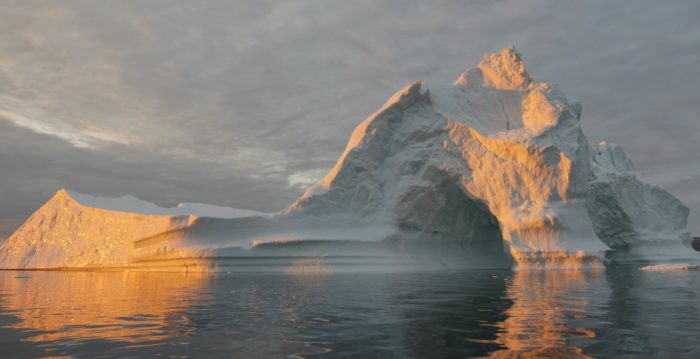
How Climate Change Harms the Ocean
We often associate climate change with images of fire, drought, and other land-based effects. But what happens to the ocean and the animals and plants that call it home as our planet warms due to human activity? Here are some of the consequences of a warming global climate:
The ocean becomes more acidic. As more carbon occupies our atmosphere, the ocean absorbs a portion of it. In normal conditions, the ocean’s pH level should be around 8.2, which is slightly basic. When carbon and sea water interact, carbonic acid forms and lowers the pH of the ocean toward being acidic. Since calcium bicarbonate (a base) serves as the skeleton for many marine organisms, added carbonic acid (an acid) in the marine environment prevents organisms like coral reefs and mollusks from forming their shells. This has harmful effects on numerous ecosystems around the world.
Fish populations migrate, throwing ecosystems out of balance. Fish are cold-blooded but can only survive in specific environmental conditions, which includes temperature ranges. As the ocean absorbs planetary heat that can’t escape from our atmosphere, fish abandon their natural habitat and move toward cooler waters. This has implications for predators like whales and sharks that might have to migrate longer or work harder to feed, fishermen whose livelihoods are disrupted, and ecosystems that are disrupted because they don’t normally contain certain fish species.
Coral reefs bleach. Coral are delicate animals that rely on a cooperative partnership with zooxanthellae (a type of algae) to survive. Heat, acidity, and other factors stress corals, and eventually their algal partners abandon them, leaving behind only a coral skeleton in a process called bleaching. In some cases, bleached corals can recover but in others the damage is permanent. With some reef communities taking hundreds or thousands of years to reach their modern size, coral loss is difficult to reverse.
Ocean currents that distribute nutrients and heat change speeds. The moving currents that circulate water from one area in the ocean to another change as the world warms. Currents normally distribute nutrients and heat as they move, allowing for a dynamic ocean ecosystem. However, with added heat, some currents change shape or speed, altering the delicate balance of the ecosystems in their paths.
Water molecules expand, contributing to sea level rise. With added heat comes the expansion of water molecules in the ocean. With water occupying more space, sea level rise speeds up and our coastal communities and ecosystems are threatened.
All is not lost, though…. yet. If we act now, there are steps we can take in our communities and at a global scale to slow and reverse the negative effects of climate change on our ocean. We can communicate with our elected officials to stress the importance of acting against climate change by investing in alternative energies and new technologies, reducing our own carbon footprints at home and when we travel, support organizations that work to protect and preserve the marine environment, and share our love of the ocean with our friends and communities to spread the word and get more people involved in ocean conservation!

